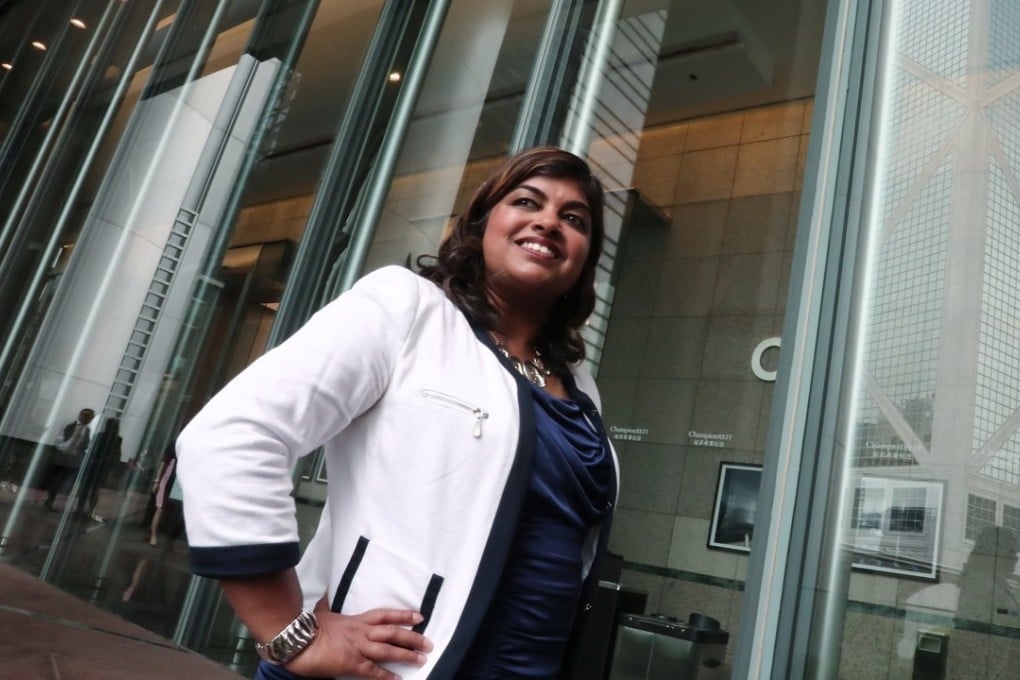Human-trafficking survivor and UN adviser Rani Hong changed US law – now she wants to end modern slavery
India-born human rights advocate was sold into slavery as a child. Now she works to end the trade in people in the hope no child will have to endure what she went through

Sold into slavery I was born in Kerala, in southern India, in 1972. I had a normal childhood with my mom, dad and four brothers and sisters. My father wasn’t doing too well health-wise, so a well-respected woman in the community offered to help our family. She asked my mother if one of her children could live with (the woman) down the street and in exchange she’d give that child food.
My mother, as a parent who wanted the best for her child, allowed me to go. Aged seven, I would go back and forth between my home and this other house, and my mother would often come and visit me with my siblings. This went on for about six or eight months. Then, one day, the woman sold me to a man across the state border in Tamil Nadu. It turned out that the woman had actually been looking for vulnerable children to recruit.
Seasoned for submission I had no idea where I was and became very disoriented. I started crying for my mom and asking for my brothers and sisters. The trafficker told me that I now belonged to him. He also told me my mother had died.
There were other kids being held in the same place, too. Some were being trafficked, some were being abused. They collected kids for the purpose of exploitation. We were in a secluded area where they controlled us and made us work 12 hours a day in a brick factory and at night I was put in a cage. My owner was doing something that is known as “seasoning for submission”, where you abuse and torture a child to the point that they submit to the will of the master – that’s how they get control of you.
Traffickers don’t see individual people – they saw me as a piece of property to be abused. They don’t have a heart; in some ways they are inhumane – they are simply there to make a profit. They barely gave me any food, I was malnourished and beaten and became so broken down that I was of no value. Because I couldn’t make any more profit for my trafficker, he shipped me out of India and into Canada and then into the United States (for illegal adoption).
All [my adoptive mother] knew was that I was an orphan child, but I wasn’t what she expected [...] I had trouble walking because of being held in a cage and I didn’t talk because I was so traumatised
Adopted and orphaned When I got to the US (in 1979), I looked physically and mentally ill. I was adopted by a single woman. She was wonderful; she really was the turning point in my life – she rescued me. All she knew was that I was an orphan child, but I wasn’t what she expected, I was very much down and out.